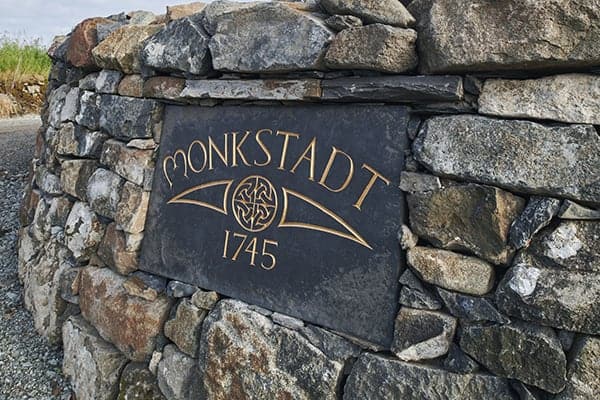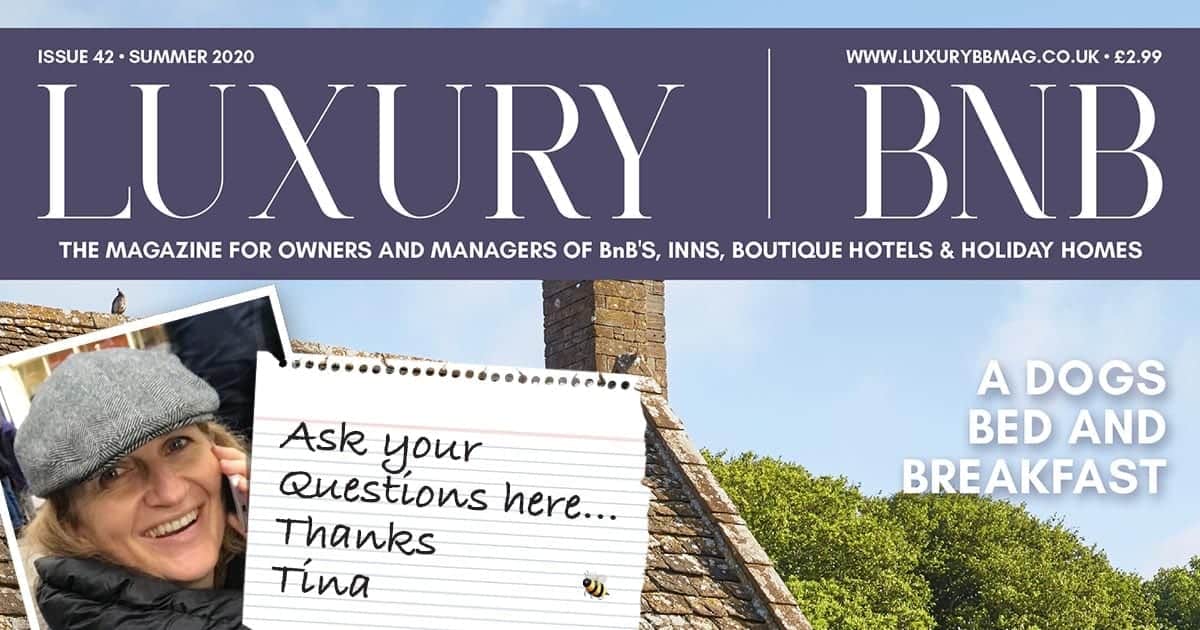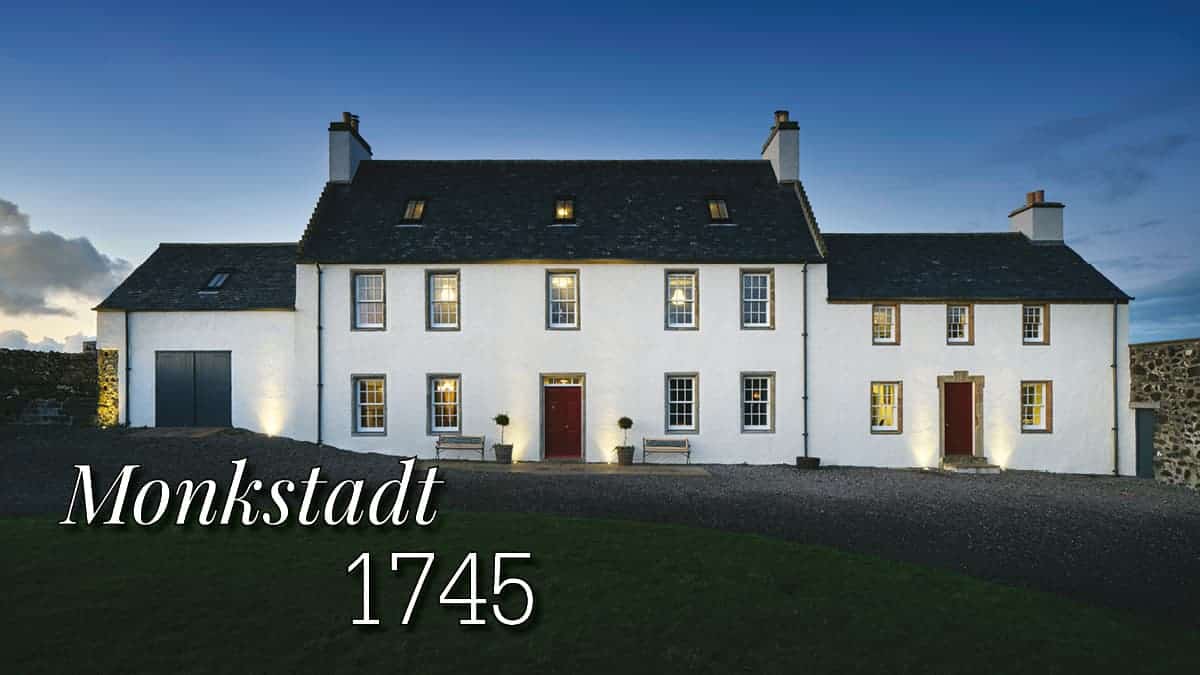
Explore the Isle of Skye’s luxurious Monkstadt 1745. We spoke with the owner, James MacQueen, to find out how they utilise Monkstadt’s colourful history to improve their guests’ experience
Tucked away on the beautiful Isle of Skye, there lies a luxury hospitality venue offering uninterrupted views of the jaw dropping Trotternish Peninsula.
Not only is Monkstadt 1745 surrounded by stunning Scottish scenery, but it’s dripping with historical significance and boasts a rich heritage.
James MacQueen’s father bought the ruins of Monkstadt 1745 over 40 years ago before passing it on to James’ brother, who developed and restored a lot of the cottages and externals of the house.
James finished his father and brother’s work when he took over three years ago, and is now the proud owner of the historic house and it’s additional five luxury self-catering cottages.
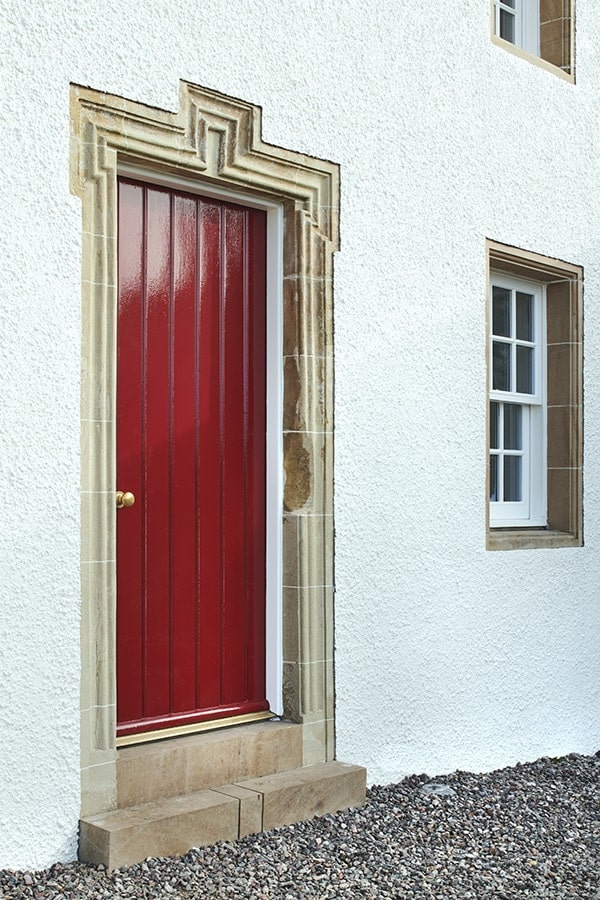
“It’s been a real effort from three different parts of the family,” said James.
Monkstadt House was originally built in the 1700’s and James’ family have spent the last 40 years developing and restoring the buildings to recreate the original building as best as they could whilst also introducing what James described as a “modern and contemporary” feel to create the luxury accommodation provider it is today.
James said: “Fortunately there was listed drawings that were done around 1916 and they recorded the building and all the internal finishings before it deteriorated to ruins.”
Most of the windows were boarded up due to window tax not long after the drawings had been made and this was soon followed by removal of the roof in the 1950’s.
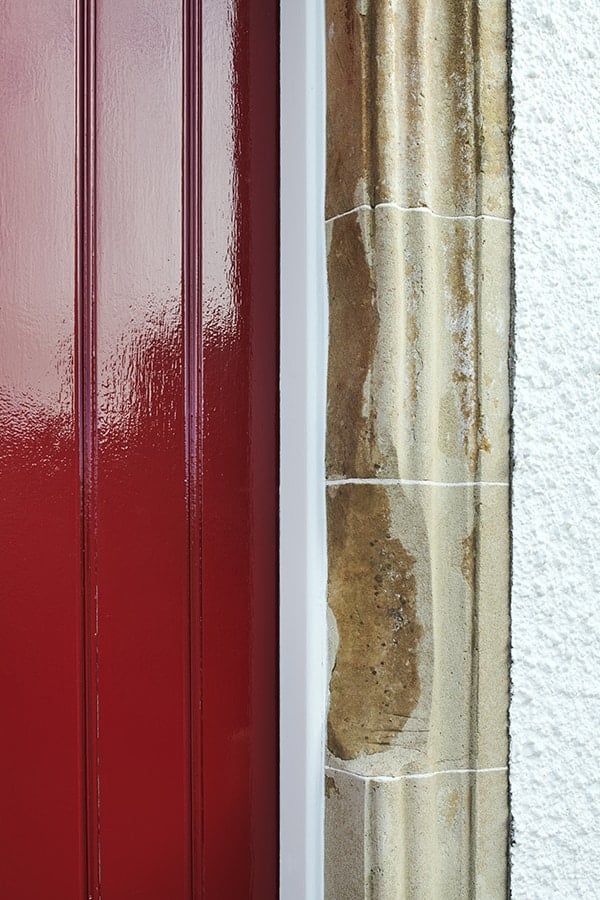
“The owners couldn’t afford to pay the rates on it,” said James.
“So by the time we came along, there was nothing left. Just the shell of the building, so we had to work from these listed drawings and we’ve restored it as close as we can to them.”
As well as owning Monkstadt 1745, James has a construction company which came in handy for the restoration work.
“Restoring the buildings is really important to me,” said James.
“The history is so important and although I wanted to make it very luxurious, I want the guests to notice the history of the place and look at this structure that’s been here for nearly 300 odd years.”
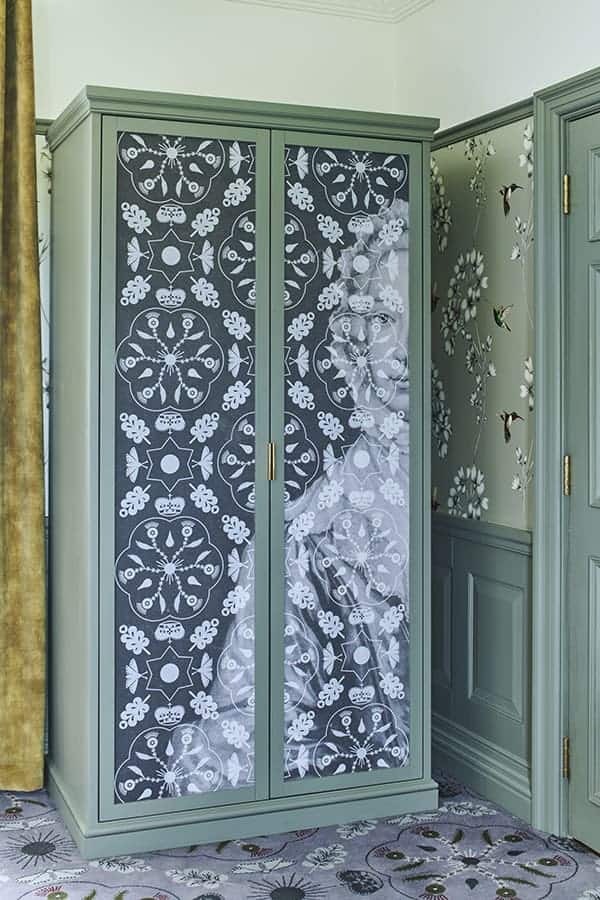
Historical Ties and Interior Design
The history of Monkstadt 1745 is certainly a colourful one.
The original estate was built in the 1730’s by the MacDonalds when they moved out of Duntulm castle, and as a result, it became the new clan seat of Clan Donald.
“They moved here when living in castles started to sort of, go out of fashion,” explained James, “so they moved here, and it was actually the first slate roof on Skye.”
The stonework of the house also has historical significance.
James said: “Some of the stonework for Monkstadt House came from Duntulm Castle.c
“When they built the house, they took stone from the castle and brought it by sea to build it into Monkstadt House.”
I want the guests to notice the history of the place.
He added: “For example, there was a doorway that was hidden for years which we exposed and it’s now the door to the kitchen.
“It has this big indentation in it which was used for sharpening swords and knives in the past.”
Returning to the family who built the house, James explained they also played a part in the famous story of Bonnie Prince Charlie.
James said: “They were here during the 1745 Jacobite uprising and Bonnie Prince Charlie came through here on his escape from the English Militia.”

Flora MacDonald, the foster child of Lord Alexander and Lady Margaret, saved Bonnie Prince Charlie’s life by taking him to Skye in a small wooden rowing boat.
“Lord Alexander MacDonald was conveniently not here at the time, but his wife, Lady Margaret, was a keen Jacobite supporter and allowed Bonnie Prince Charlie, who was dressed as an Irish maid, to stay here overnight,” said James.
Due to Monkstadt’s important role in Bonnie Prince Charlie’s escape, the Jacobite time period was the inspiration behind the luxury accommodation provider’s interior design.
James said: “It’s very carefully designed. We’ve tried to tell a story with the building, but it’s one that guests have to look for.
“We’ve themed it around the Jacobite period and sort of ‘Jacobite Secrets’.
“It’s very luxurious but we’ve hidden faces and Jacobite symbols throughout the house.”
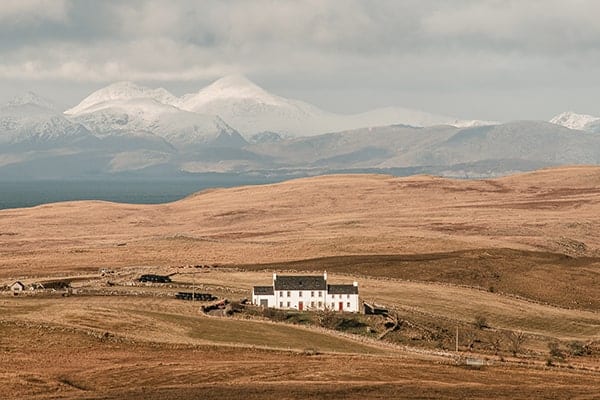
James had the help of an interior designer when recreating the historical theme.
“There’s lots of hidden symbols, like acorns or butterflies, that would have signified you as a Jacobite supporter, or faces hidden in lampshades,” he said.
“The carpet is bespoke too, designed with distinctive patterns that follow the same theme.
“But none of it is in your face. You have to look for it.”
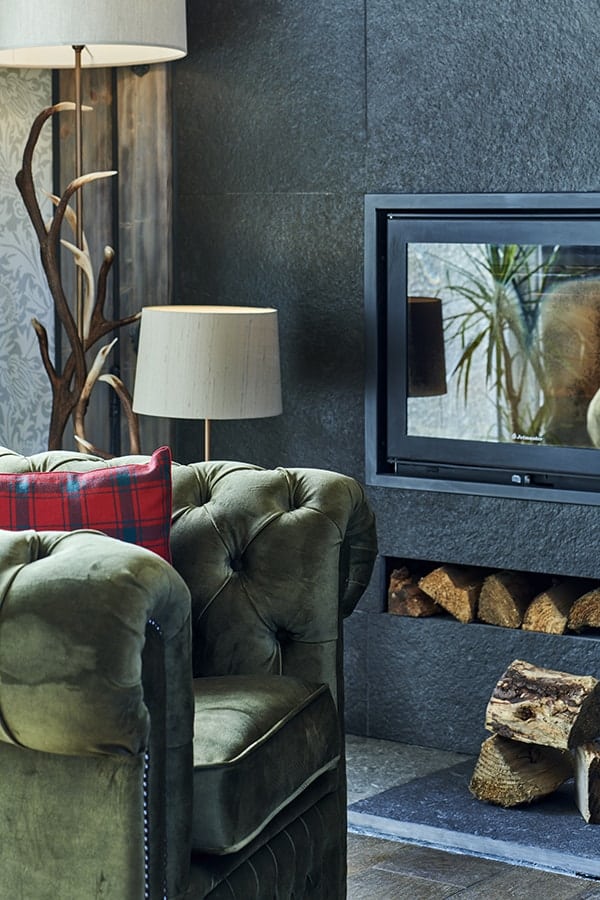
James described the historical connections hidden by the interior design process as a “treasure hunt” for his guests.
“There’s actually quite a modern, contemporary feel to the inside of the house, but it’s giving you those hints of what’s happened in the past,” he said.
The suites inside the main house are named after historical figures tied to Monkstadt House and even the self-catering cottages are named after people who used to live there.
Another historic story that’s had an influence on the renovations and design of Monkstadt 1745, is a tale of true love and courage.
“There’s a very famous and romantic story about a girl who climbed out of a window using sheets that had been tied together to meet MacDonald from Monkstadt,” said James.
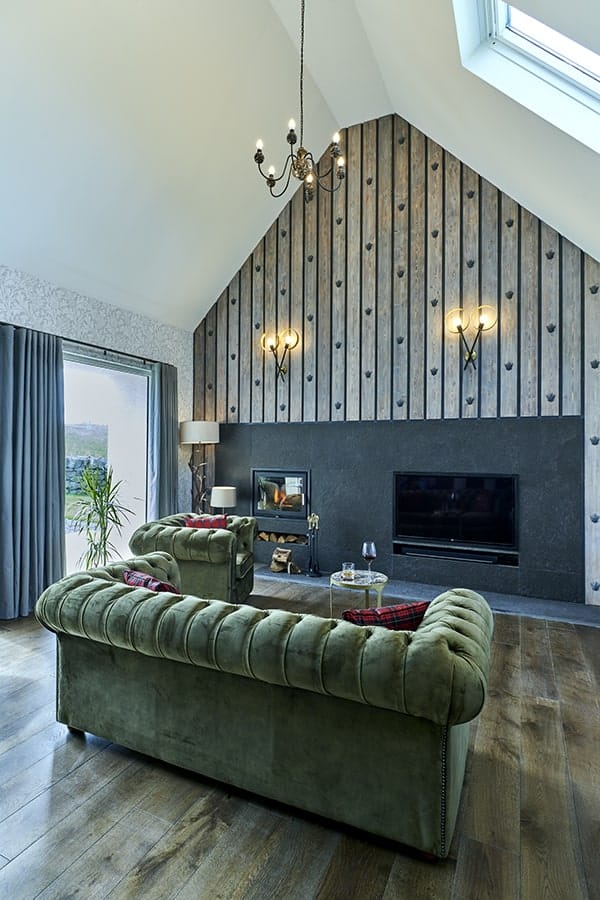
“They had a court case because when she escaped, she was betrothed to another man who she couldn’t stand, so she ran away from home with MacDonald.
“Her father wanted to marry her to a very wealthy man and there was a court case about MacDonald abducting her from the house.”
The two characters then emigrated to Australia and raised a family of their own. Years later, the fourth generation of their family visited Monkstadt 1745.
With the estate absolutely dripping with history, James enlisted the help of an interior designer to ensure they made the most of their heritage.
“I think using an interior designer was really important,” said James.
We’ve tried to tell a story with the building, but it’s one that guests have to look for.
“Making the choices ourselves would have been quite a difficult task.”
James explained that even though it was costly and they went over the budget, it was worth hiring a designer.
“I enjoy it every time I come into the building,” he said.
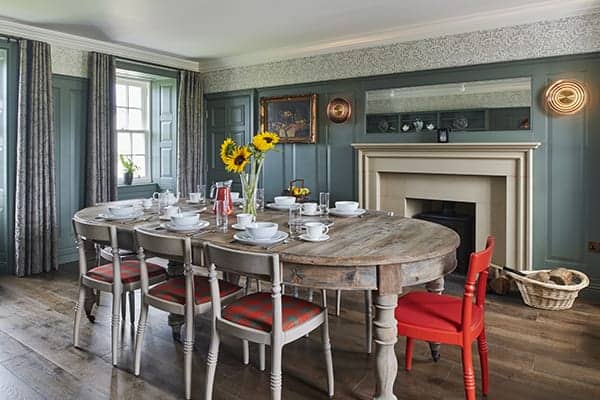
“It was important to me to spend more, rather than thinking ‘Oh, we should have done this’ or ‘We should have done that’.”
James says one of his favourite features is the timber cladding in the Alexander Suite.
“We wanted to put a stamp on it to signify my input and the MacQueen family’s input into the building,” he said.
“So that timber framing reflects that journey of restoration using Scottish materials. And then the stamping and staining adds texture and signifies the work.”
Further historical ties are subtly hidden in Monkstadt’s dining room.
“Pre-Covid, we had this very big table and the idea was that guests would sit at the ‘Lord’s Table’ to eat,” said James.
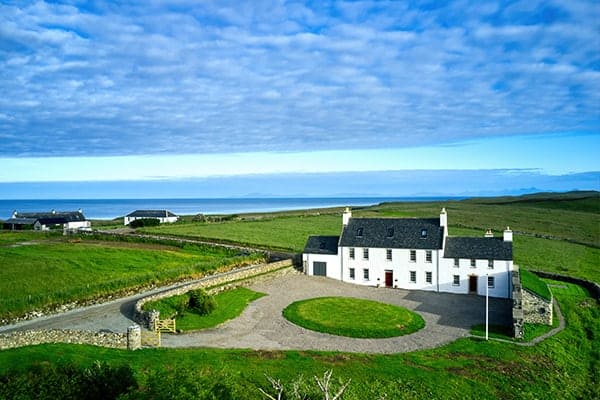
“You know, Lord MacDonald would have had a big table in there and sat at the head of it.”
The dining room was where Flora MacDonald was questioned at length by a Red Coat concerning Bonnie Prince Charlie’s escape.
We’ve followed the historic records of who sat where
James added: “All the chairs around the table are significant with who sat at that table the night Bonnie Prince Charlie visited.”
He said: “Throughout the design, we have followed the historical records of who sat where and they are all upholstered in a significant tartan except two of them: the red chair and the MacDonald chair, which are important to the story.
“It’s not in your face and when you explain it to people, they love it.”

Advice on Renovating & Restoring Monkstadt
Throughout the restoration and designing process, James has learnt a lot about how Monkstadt’s historical ties could be used as a unique selling point to enhance his business and entice guests.
“I think the biggest tip I can give to someone who’s doing a similar sort of renovation, is that getting an interior designer really helped,” said James.
James was passionate about preserving the heritage of Monkstadt 1745 and kept this at the forefront of his work.
“You have to know and follow your passion,” he said.
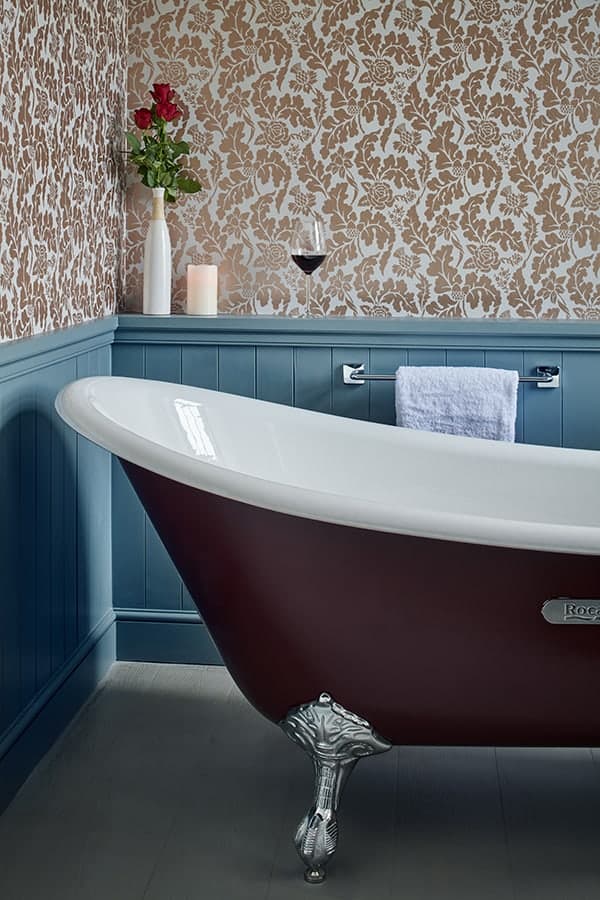
“We’re quite high end, so we needed to get everything right and we need to provide a very good experience.
“The old building has been restored and updated to provide luxury accommodation for our market, but it still retains that very interesting history.”
James expressed how important it is not to be over the top when incorporating the history of your property into the design.
“It’s a bit like a treasure hunt. It’s not in your face and it’s a nice surprise for our guests when they get here,” said James.


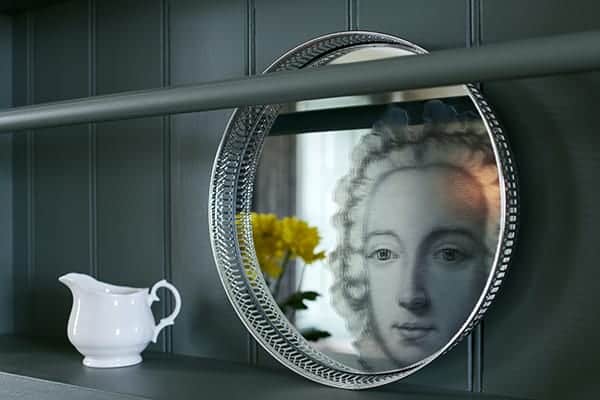
“Once the guests find out the house has all these little secrets everywhere, it really intrigues them.”
In the future, James plans to produce a brochure for guests staying at Monkstadt 1745 which highlights the history of the estate, including the colourful stories and nearby locations.
“We want to show the hidden Skye,” said James.
“Skye’s become a really popular tourist destination and you’ve got the big, main points of interest like the Old Man of Storr and the Fairy Pools, but there’s an abundance of beautiful places that a lot of people don’t see.
“So much of Skye has important historical connections and we would love to promote that history even more than what we already do at Monkstadt 1745.”
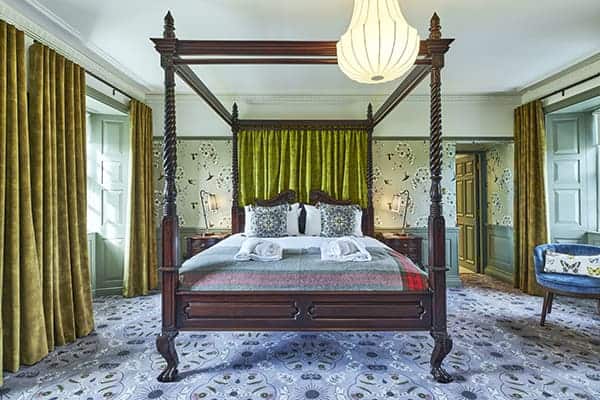
URL: monkstadt1745.com
Instagram: @monkstadt1745
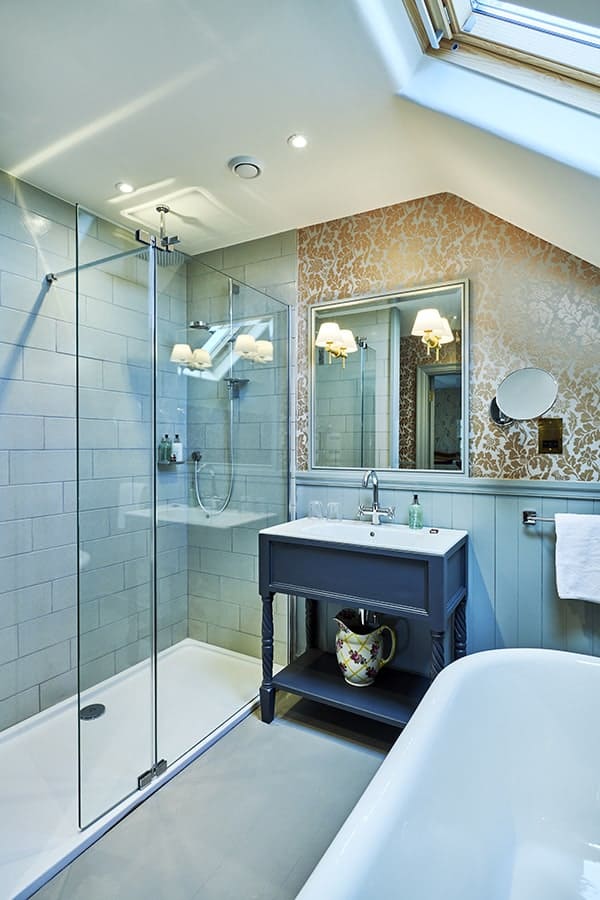
ROOM NAMES
- Lady Margaret’s Suite
- Sir MacDonald’s Suite
- Flora’s Room
- Lt. Macleod’s Room
- Alexander’s Suite
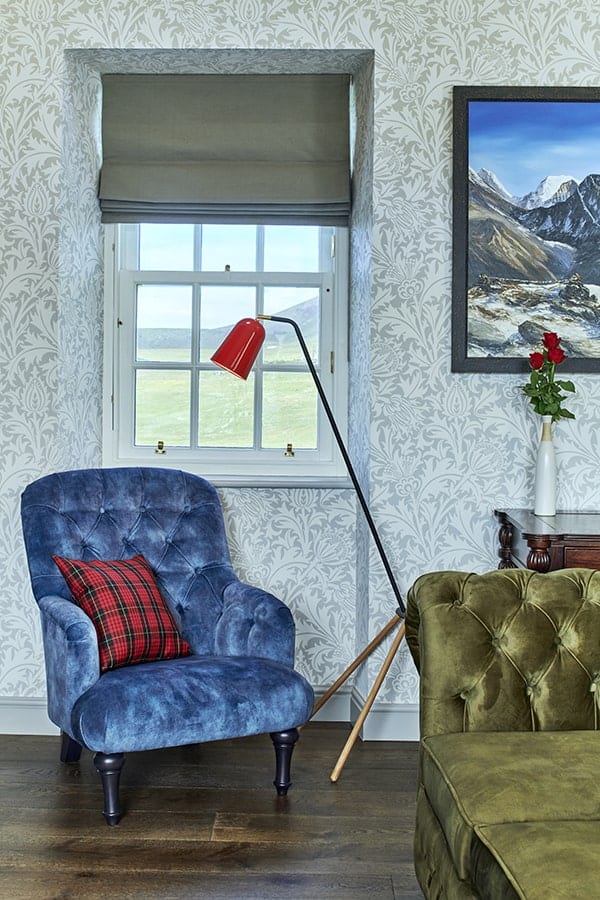
TOP TIPS
- Hiring an interior designer will help you create the perfect experience and is worth the extra money
- Subtlety is key. You don’t want your theme to be too in your face because it could put people off
- Guests like the surprise connections, so don’t give away all the secrets online
- Remember to highlight the historical significance of your surroundings too, not just your property
- Make use of historical elements that are already there (e.g. stonework) as well as the elements you create to signify the heritage (e.g. historic symbols hidden in your wallpaper)
